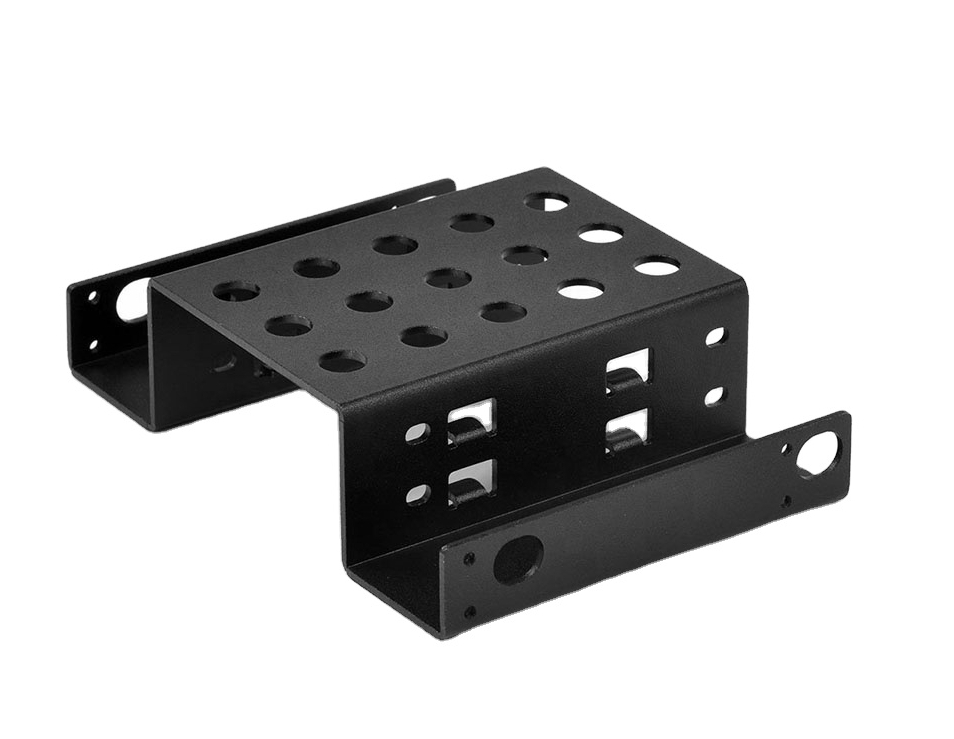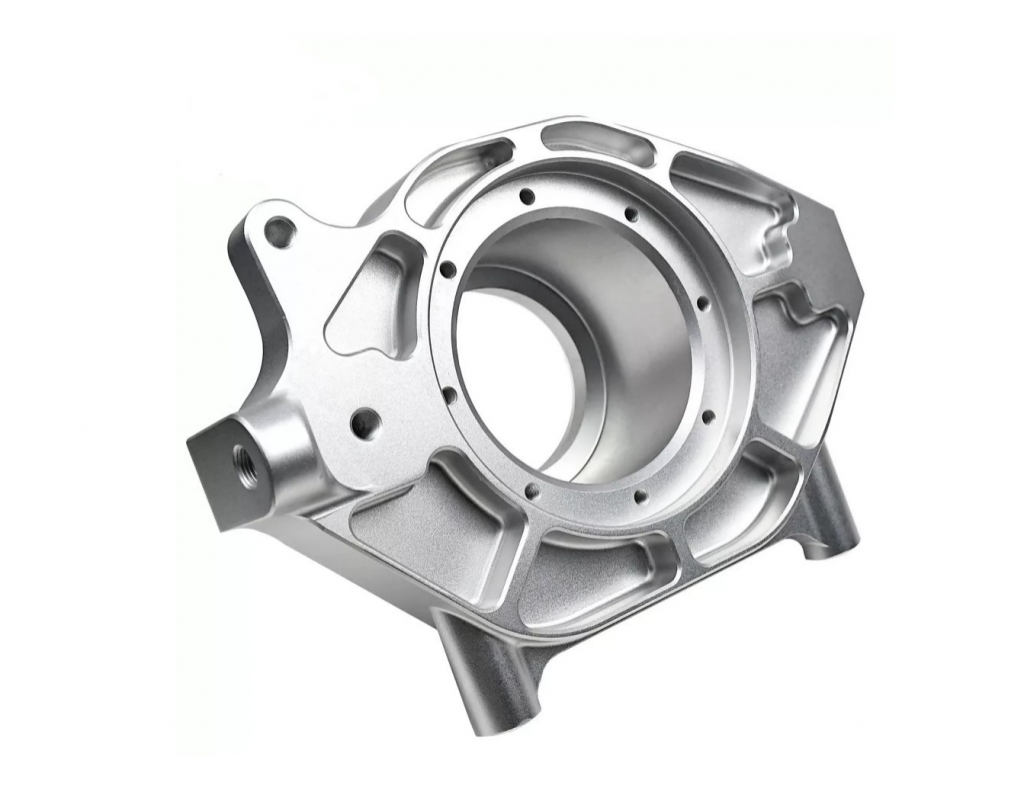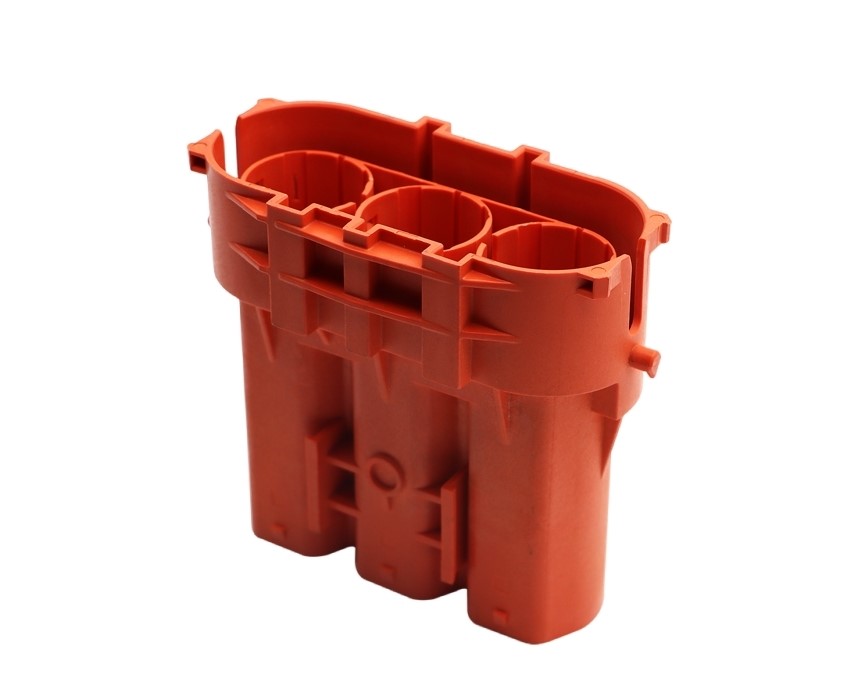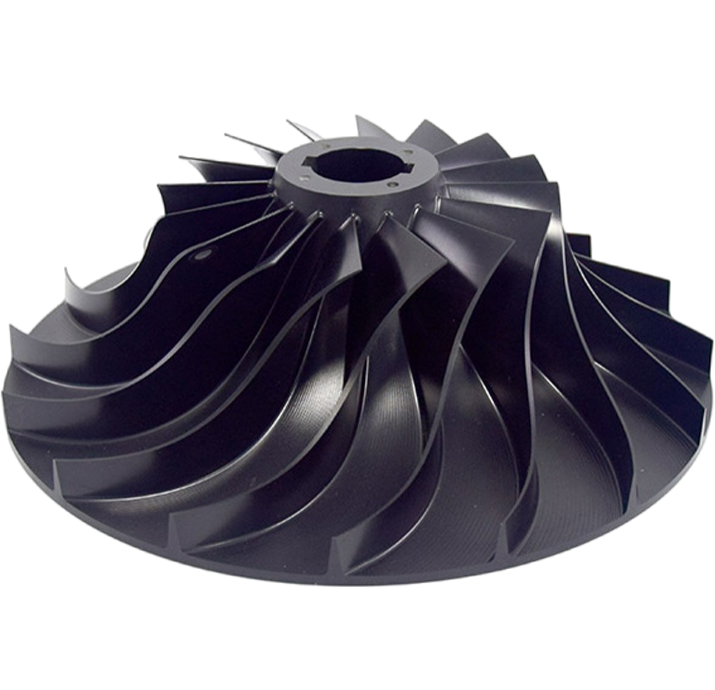
Aerospace
Naxtry provides CNC machining, sheet metal fabrication, and injection molding services for the aerospace industry, creating high-quality and precise parts for airplanes, satellites, and other aerospace equipment.
> 3-Day Lightning Delivery
> North America’s Top 10 One-stop Solutions
> 75+ Choices of Materials
Aerospace
The aerospace industry demands precision and high-quality parts to ensure safe and reliable performance of airplanes, satellites, and other aerospace equipment. CNC machining, sheet metal fabrication, and injection molding are key manufacturing processes that are widely used in the aerospace industry to produce complex parts with tight tolerances.
CNC Machining in Aerospace
CNC machining is a widely used process in the aerospace industry due to its ability to produce high-quality, precise, and consistent parts with tight tolerances. This process involves the use of computer-controlled tools to cut and shape a solid block of material into a specific shape or design. The tools used in CNC machining are typically made of high-speed steel, carbide, or other hard materials, allowing them to cut through tough materials such as titanium, aluminum, and stainless steel.
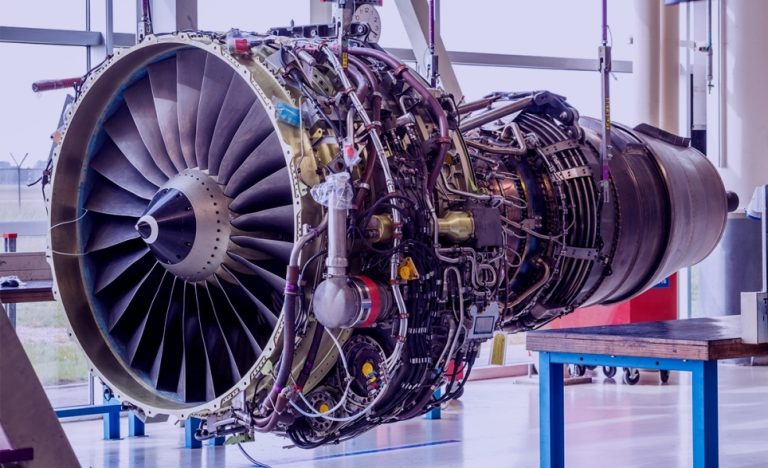
Advantages of CNC Machining in Aerospace
One of the key advantages of CNC machining in the aerospace industry is its ability to create complex shapes and features with high precision and consistency. This is particularly important for parts that require tight tolerances, such as engine components and control surfaces. By using computer-controlled tools, CNC machining can achieve accuracy to within a few thousandths of an inch, ensuring that each part is made to the exact specifications required.
In addition to its precision and accuracy, CNC machining is also a versatile process that can be used for a wide range of applications. In the aerospace industry, CNC machining is used to create parts for various components of airplanes and satellites, including engine components, landing gear parts, wing panels, and control surfaces. It is also used for prototyping and testing of new designs, allowing engineers to create and test parts before they are put into production.
One of the key benefits of CNC machining for aerospace applications is its ability to produce parts with high strength-to-weight ratios. This is particularly important for aerospace applications, where weight is a critical factor. By using CNC machining to create parts with complex geometries and thin walls, engineers can create parts that are both strong and lightweight.
Another advantage of CNC machining in the aerospace industry is its ability to produce parts quickly and efficiently. With the use of advanced software and computer-controlled tools, CNC machines can produce parts in a fraction of the time it would take using traditional machining methods. This allows manufacturers to meet tight production schedules and reduce lead times for customers.
Sheet Metal Fabrication in Aerospace
Sheet metal fabrication is a process that involves cutting, bending, and assembling thin sheets of metal to create a desired shape or component. This process is commonly used in the aerospace industry to create various parts for airplanes and satellites, such as fuselage panels, wings, and engine components.
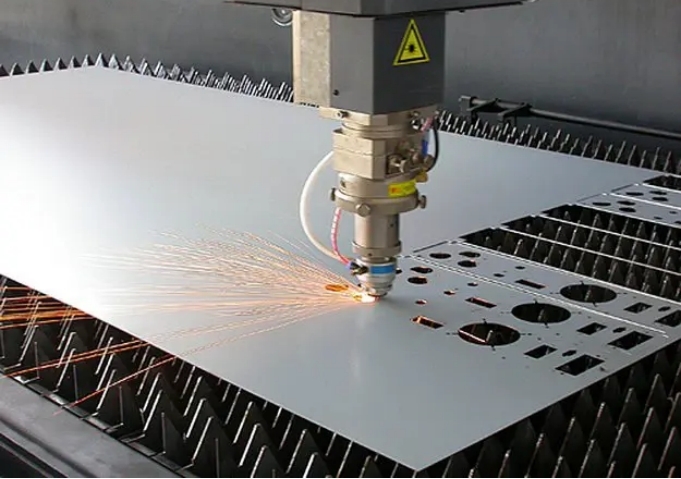
Advantages of Sheet Metal Fabrication in Aerospace
One of the advantages of sheet metal fabrication is its ability to create complex shapes and designs with high precision and consistency. This makes it ideal for creating parts with intricate geometries and tight tolerances, which are critical in the aerospace industry where safety and performance are of utmost importance.
Another advantage of sheet metal fabrication is its versatility in terms of the materials that can be used. Different types of metals, such as aluminum, titanium, and steel, can be fabricated to create parts with different properties and characteristics that are suited to the specific needs of the aerospace industry.
The sheet metal fabrication process involves several steps, including cutting, bending, and welding. The first step is to cut the metal sheet to the desired size and shape using various cutting techniques, such as laser cutting or water jet cutting. The next step is to bend the metal sheet into the desired shape using a press brake or other bending tools. Finally, the different pieces of the metal sheet are welded together to create the final component.
Overall, sheet metal fabrication is a crucial process in the aerospace industry as it allows for the creation of high-quality and precise parts that are essential for the safe and efficient operation of airplanes and satellites.
Injection Molding in Aerospace
Injection molding is a manufacturing process used to create plastic parts with high precision and accuracy. In the aerospace industry, injection molding is used to create various parts such as interior cabin components, brackets, fasteners, and electronic housings. The process involves injecting molten plastic into a mold cavity and then allowing it to cool and solidify, creating the desired shape.
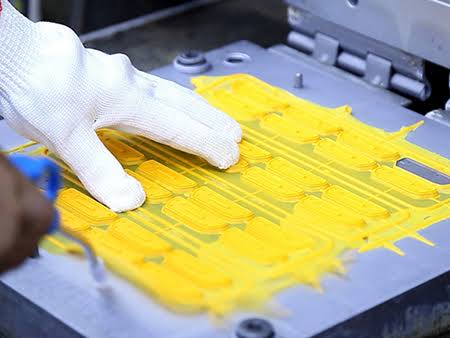
Advantages of Injection Molding in Aerospace
One advantage of injection molding in the aerospace industry is that it allows for the creation of complex shapes and features that would be difficult or impossible to create using other manufacturing processes. Additionally, injection molding can be used to create parts with consistent quality and high repeatability, which is essential in the aerospace industry for safety and reliability.
When it comes to materials used in injection molding for aerospace, there are a few key considerations. The materials must be able to withstand the extreme temperatures and stresses of flight, as well as being lightweight to help reduce overall weight and increase fuel efficiency. Some commonly used materials in aerospace injection molding include thermoplastics such as PEEK and Ultem, as well as thermosetting materials such as epoxy and phenolic.
Another important aspect of injection molding in the aerospace industry is the need for stringent quality control measures. Parts created using injection molding must meet strict safety and performance standards, so it is crucial to ensure that the parts are defect-free and meet all necessary specifications. This can be achieved through various methods such as in-process inspections, testing, and quality assurance processes.
Overall, injection molding plays a crucial role in the aerospace industry by allowing for the creation of complex, high-quality plastic parts that are essential for various applications. From interior cabin components to electronic housings and more, injection molding offers a reliable and efficient solution for creating parts that meet the rigorous demands of the aerospace industry.
Our On-Demand Manufacturing Services
Naxtry’s factory offers a one-stop solution for CNC machining, sheet metal fabrication, and injection molding services, providing high-quality products to various industries.
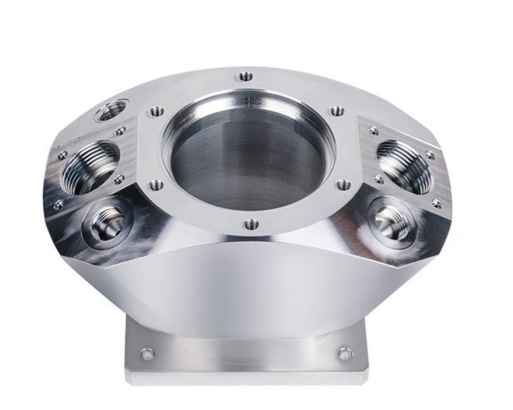
Sheet Metal Fabrication
